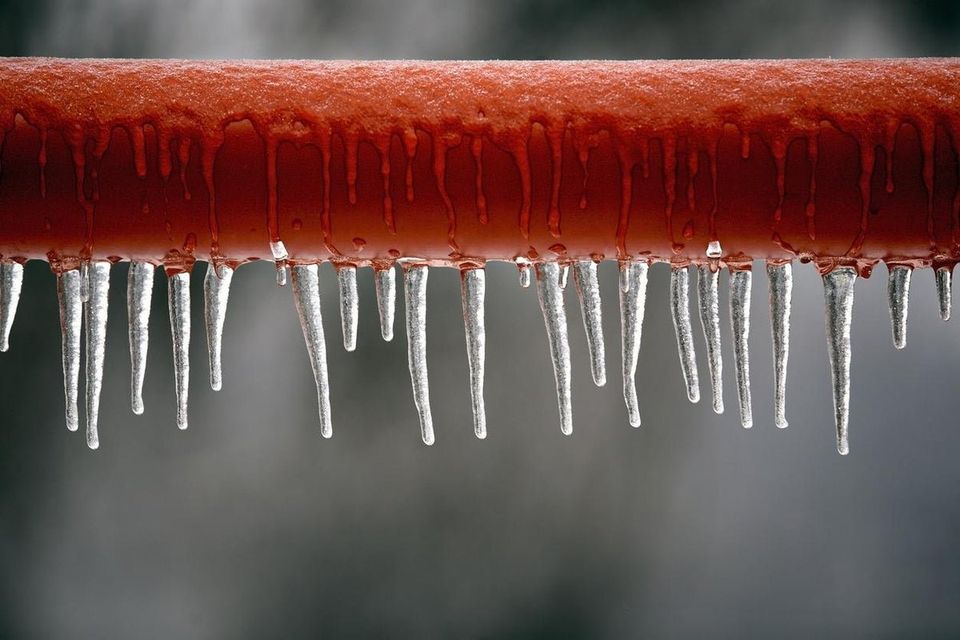Protecting Against Frozen Plumbing in Winter: Professional Advice
Protecting Against Frozen Plumbing in Winter: Professional Advice
Blog Article
What are your thoughts regarding Winter Plumbing Precautions: Preventing Frozen Pipes?

Cold weather can ruin your plumbing, specifically by freezing pipelines. Here's just how to prevent it from occurring and what to do if it does.
Introduction
As temperature levels drop, the risk of icy pipes rises, potentially leading to expensive fixings and water damages. Recognizing just how to prevent icy pipelines is critical for homeowners in chilly climates.
Understanding Icy Pipelines
What triggers pipelines to ice up?
Pipelines ice up when revealed to temperature levels below 32 ° F (0 ° C) for prolonged periods. As water inside the pipes ices up, it broadens, taxing the pipeline wall surfaces and potentially causing them to rupture.
Threats and problems
Icy pipes can result in water supply disruptions, residential property damage, and pricey repair services. Burst pipelines can flood homes and trigger extensive structural damages.
Indicators of Frozen Pipes
Determining frozen pipelines early can avoid them from bursting.
Just how to determine icy pipelines
Look for lowered water circulation from taps, uncommon smells or noises from pipes, and visible frost on exposed pipelines.
Avoidance Tips
Insulating prone pipelines
Cover pipelines in insulation sleeves or use warmth tape to safeguard them from freezing temperatures. Focus on pipes in unheated or outside locations of the home.
Heating techniques
Keep interior spaces properly heated, particularly locations with plumbing. Open cupboard doors to enable cozy air to flow around pipelines under sinks.
Safeguarding Outside Pipes
Yard hoses and outdoor faucets
Detach and drain yard pipes prior to winter months. Mount frost-proof faucets or cover outside faucets with protected caps.
What to Do If Your Pipes Freeze
Immediate activities to take
If you believe icy pipes, keep taps open up to relieve stress as the ice melts. Use a hairdryer or towels soaked in hot water to thaw pipelines slowly.
Long-Term Solutions
Structural changes
Think about rerouting pipes far from exterior wall surfaces or unheated locations. Add extra insulation to attics, cellars, and crawl spaces.
Upgrading insulation
Invest in high-grade insulation for pipes, attic rooms, and walls. Correct insulation helps preserve regular temperatures and reduces the danger of icy pipelines.
Conclusion
Protecting against frozen pipelines calls for proactive steps and quick actions. By recognizing the reasons, indicators, and safety nets, homeowners can safeguard their plumbing throughout cold weather.
5 Ways to Prevent Frozen Pipes
Drain Outdoor Faucets and Disconnect Hoses
First, close the shut-off valve that controls the flow of water in the pipe to your outdoor faucet. Then, head outside to disconnect and drain your hose and open the outdoor faucet to allow the water to completely drain out of the line. Turn off the faucet when done. Finally, head back to the shut-off valve and drain the remaining water inside the pipe into a bucket or container. Additionally, if you have a home irrigation system, you should consider hiring an expert to clear the system of water each year.
Insulate Pipes
One of the best and most cost-effective methods for preventing frozen water pipes is to wrap your pipes with insulation. This is especially important for areas in your home that aren’t exposed to heat, such as an attic. We suggest using foam sleeves, which can typically be found at your local hardware store.
Keep Heat Running at 65
Your pipes are located inside your walls, and the temperature there is much colder than the rest of the house. To prevent your pipes from freezing, The Insurance Information Institute suggests that you keep your home heated to at least 65 degrees, even when traveling. You may want to invest in smart devices that can keep an eye on the temperature in your home while you’re away.
Leave Water Dripping
Moving water — even a small trickle — can prevent ice from forming inside your pipes. When freezing temps are imminent, start a drip of water from all faucets that serve exposed pipes. Leaving a few faucets running will also help relieve pressure inside the pipes and help prevent a rupture if the water inside freezes.
Open Cupboard Doors
Warm your kitchen and bathroom pipes by opening cupboards and vanities. You should also leave your interior doors ajar to help warm air circulate evenly throughout your home.

Hopefully you liked our excerpt on How To Avoid Freezing Pipes. Many thanks for finding the time to browse our piece of content. Sharing is good. Helping others is fun. Many thanks for being here. Please come by our website back soon.
Set An Appointment Report this page